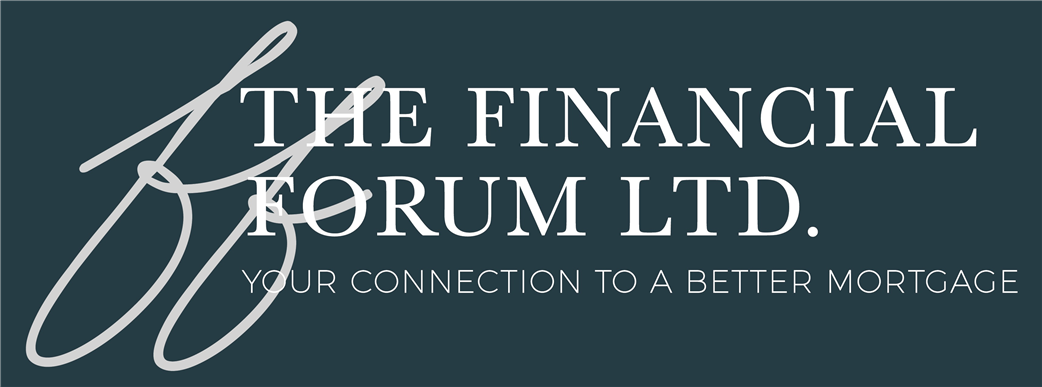
Lou Salvino
A Matter of Principle
5/9/2013

If you think a well-designed room just happens, think again. As professional interior designers well know, any successful decor is dependent on the five principles of design: balance, focal points, proportion and scale, rhythm, and unity. Below is an introduction to each.
Balance
Balance refers to the distribution of visual weight in a room. There are three different types of balance: symmetrical, asymmetrical and radial. Symmetrical balance involves repeating the same objects on either side of an axis, a hallmark of formal interiors. Asymmetrical balance is characterized by a lack of focal point or mirroring, and lends rooms a more casual feel. Radial balance refers to arrangements where elements radiate around a focal point.
Focal Points
Every well-designed room features a focal point, a point of emphasis that draws the eye and gives it a place to rest. That point of emphasis could be a work of art, a piece of furniture, or an architectural detail such as a fireplace or window. Whatever it is, your focal point should be immediately apparent upon entering the room. Depending on its size, a well-designed room can incorporate more than one focal point; in fact, large spaces may need multiple points of emphasis.
Proportion and Scale
These refer to the shape and size of objects. Proportion has to do with how the elements within a room relate to the room as a whole, while scale refers to how the elements in a room relate to one another in terms of size. For instance, small delicate pieces of furniture in a large room would make for an ill-proportioned interior, while a heavy lamp on a small end table would be out of scale. Ideally, all the elements in a room should be proportionate to each other as well as to the room itself.
Rhythm
Rhythm refers to how the eye moves about a room. There are four ways to use rhythm in decor: repetition, progression, transition and contrast. Repetition involves repeating the same element - be it a pattern, color or line - throughout the space. Progression means increasing or decreasing one or more of an element's qualities, like it's color or size. Contrast results from combining opposing elements, such as black pillows on a white couch. Transition is less obvious, and serves naturally to lead the eye from one area to another, such as through an arched entry.
Unity
An interior has unity when all of the elements and principles of interior design combine to create a pleasing area and lend spaces a sense of order. In addition to establishing unity within each room of your home, your home should be well designed as a whole, its rooms, halls and stairways all part of one larger space. However, too much unity is bland, while too little is disorienting. Striking just the right balance is tricky, which is why so many call in a professional.




























